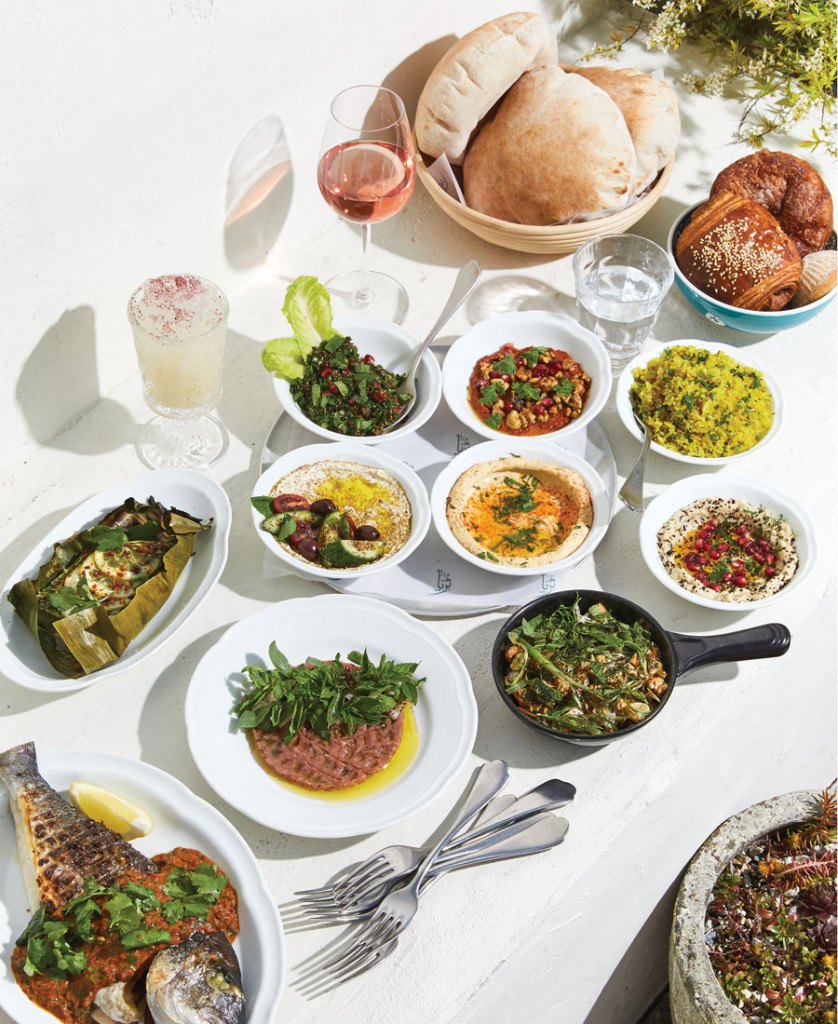
:no_upscale()/cdn.vox-cdn.com/uploads/chorus_image/image/68724029/IMG_7839.0.jpg)
And heck, the beef kofta wrap is almost a hamburger.

Honestly, I have to wonder about the sanity of anyone who would eat at Mickey D’s, when there’s a tasty option like Al Hamra near at hand. This is not a cuisine one grows tired of - how do you get tired of falafel, grape leaves and lentil soup, the essence of Middle Eastern comfort food. It’s fun to watch as different dishes pass through the many cultural filters in the region, as stuffed grape leaves, and things made with garbanzo beans, change sometimes subtly, and sometimes radically as they cross national and linguistic borderlines.Ģ515 Artesia Blvd., Redondo Beach 31, Al Hamra is the go-to destination for one of the South Bay’s most ubiquitous cuisines - the ever-present kebab and shawarma and gyro and hummus and pita shop, where the chow is good to eat in, and good to take out, the prices are reasonable, the service is fast, and food is good, and often better than good. Though there is a smattering of restaurants representative of the other parts of the Arabic world, the chances are that when you eat in a Middle Eastern restaurant here in Los Angeles, the dishes will be either Lebanese or Armenian and since the differences between the two styles of cooking may not be all that evident, they may seem, functionally, like the same cuisine.Īfter the foods of the Far East (the variety of which is, for all due purposes, virtually endless), my favorite culinary region is the Middle East. While New York’s Arabic community is dominated by Syrians and Lebanese, judging from the restaurants here in Los Angeles (restaurants are always a good barometer of population’s distribution) the community is made up mostly of Lebanese and Armenians. They were followed in due time by a steady trickle of Palestinians, Egyptians, Iraqis, Jordanians, Yemenis and Arabic-speaking Armenians from Lebanon. After World War II, economic problems in Lebanon brought a second great wave of Syrians and Lebanese. The first real wave of Arab immigration didn’t come until the 1890s, when many Syrians, fleeing the Ottoman Empire, arrived first in New York, and then fanned out across America. It is not easy to trace the roots of the Arabic community in Los Angeles, though it would seem fairly certain that our local Middle Eastern populace followed fairly close upon the heels of the Arabic migration into New York City.Īccording to Zelda Stern’s excellent volume, “The Complete Guide to Ethnic New York,” New York’s Arab community goes back to the 1870s, to the man known as the “Syrian Columbus.” His name was Moses David, and he’s believed to be the first Arab settler in New York and perhaps in the whole United States.


 0 kommentar(er)
0 kommentar(er)
